When I first started planning my southeast Asia backpacking trip, diving in the Philippines wasn’t even on my radar. While I do enjoy snorkeling and catching a glimpse of elusive creatures like sharks and turtles, I have to admit the idea of hauling a heavy tank and putting on that uncomfortable wetsuit didn’t seem like my idea of a good time.
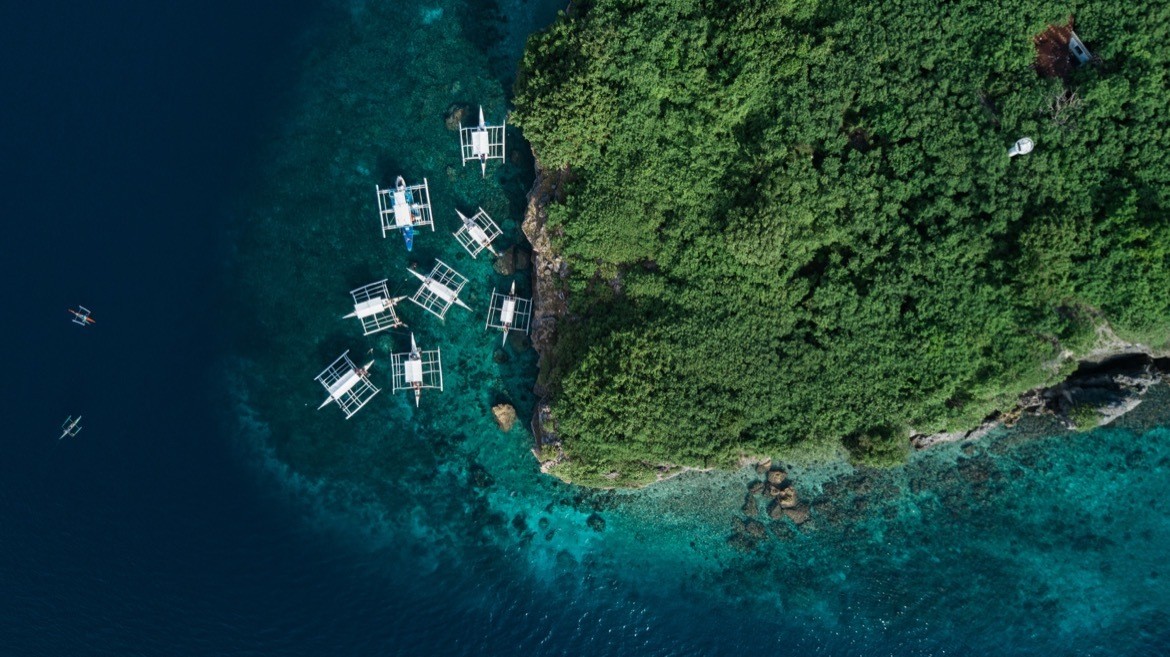
But when we arrived on the sun soaked island of Boracay and I got my first glimpse of schools of vibrant, tropical fish as I dipped my toes into the warm water, I was suddenly convinced. This was the perfect place to get my PADI Open Water Diver certification…and a way more exciting place to learn than a cold, saltwater pool back home in Canada.
Sure, the classroom lessons cut into my beach time (I never did get to ride those horses along the blonde shoreline as planned), but I came away from that week with the far more memorable experience of feeling weightless in the undersea world, and an incredible feeling of accomplishment. Whether you’ve thought about learning to dive or already consider yourself a dive master, this is definitely one of the best places in the world to do it.
From the country’s best dive sites to details about where to book, here’s a complete guide to diving in the Philippines.
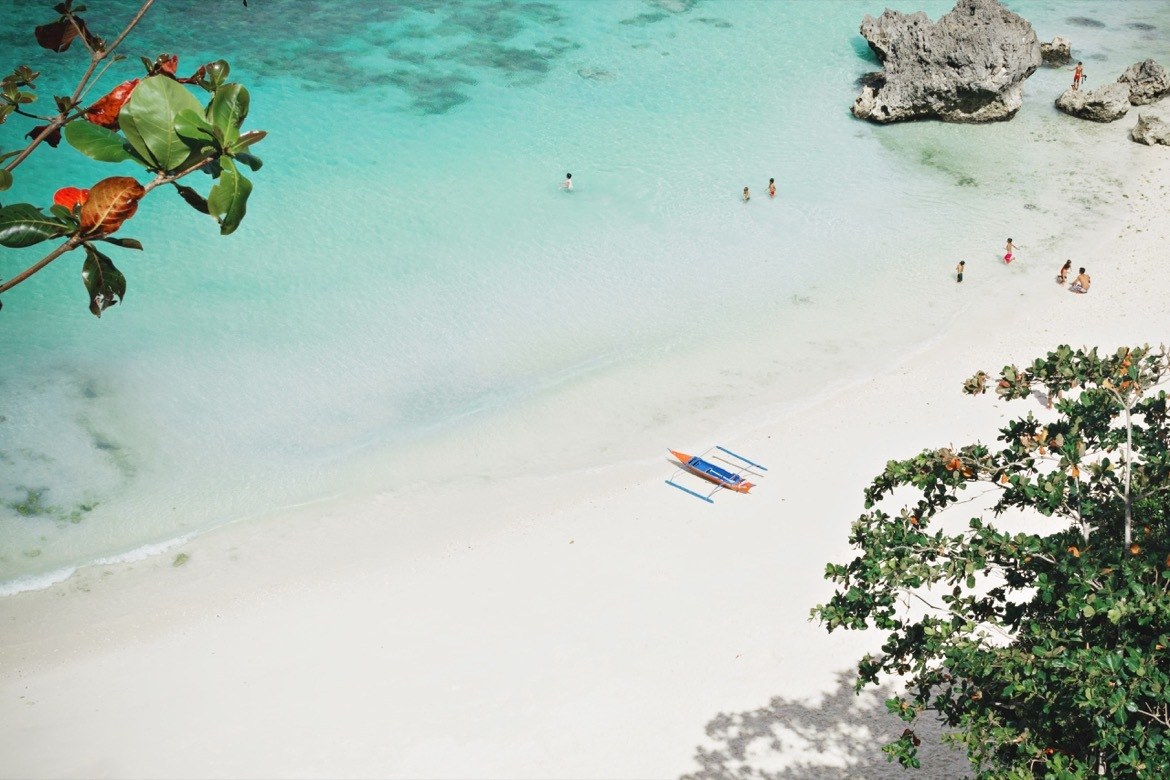
Learning to scuba dive in the Philippines
We were on the popular island of Boracay which is blessed with warm waters and incredible underwater life, and signed up for the four-day scuba certification course at a local dive shop. For around $400 USD, we got classroom sessions and in-water dive training which includes a couple of practice dives, and a free dive at the end once we were certified.
It also included equipment rentals, an instruction book, our PADI certificate and the fee for writing the certification exam.
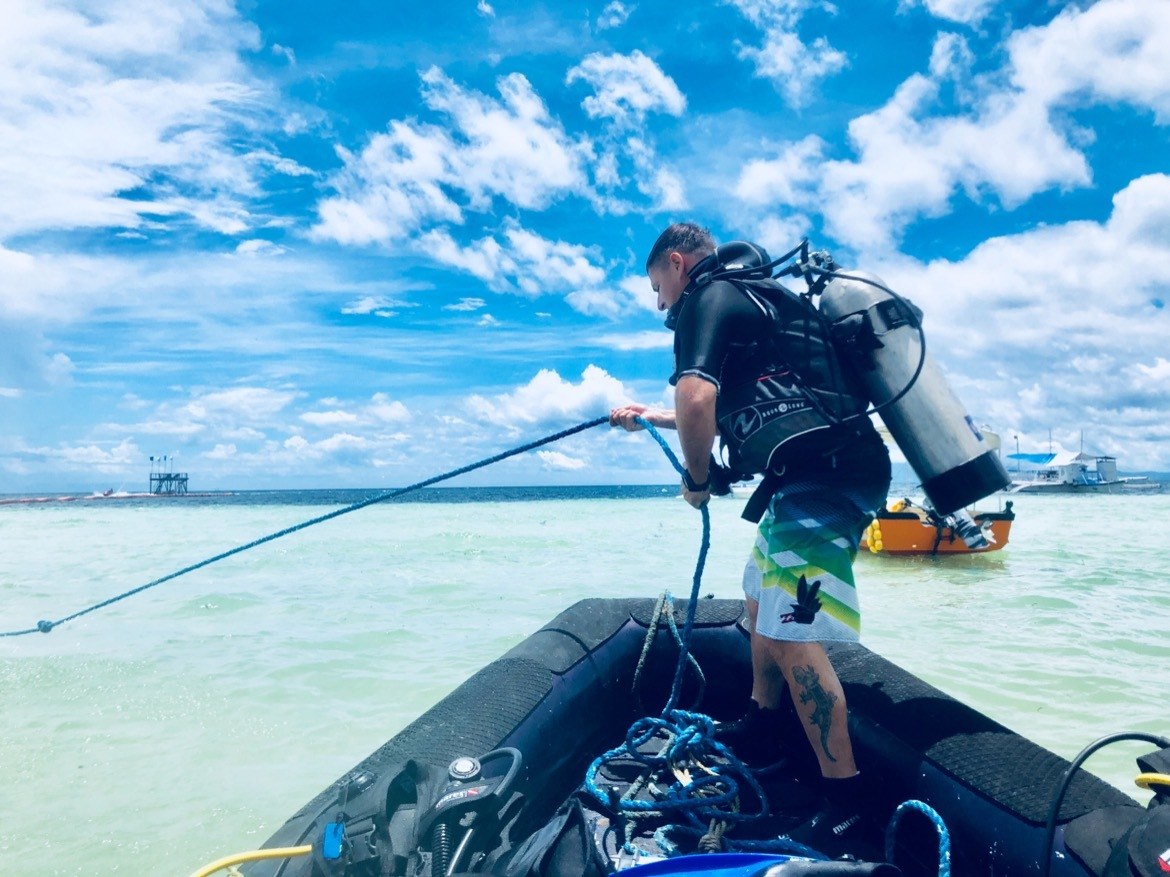
While sitting in a classroom while on vacation is kind of lame, the good news is we ended up spending more time in the water than on dry land, so we had plenty of opportunities to check out the incredible underwater life like lizard fish, eels and barracudas.
Sessions are also only a few hours each, covering topics like how to safely use dive equipment, breathe and descend, and explain hazards like why you can’t go on an airplane for at least one day after a dive.
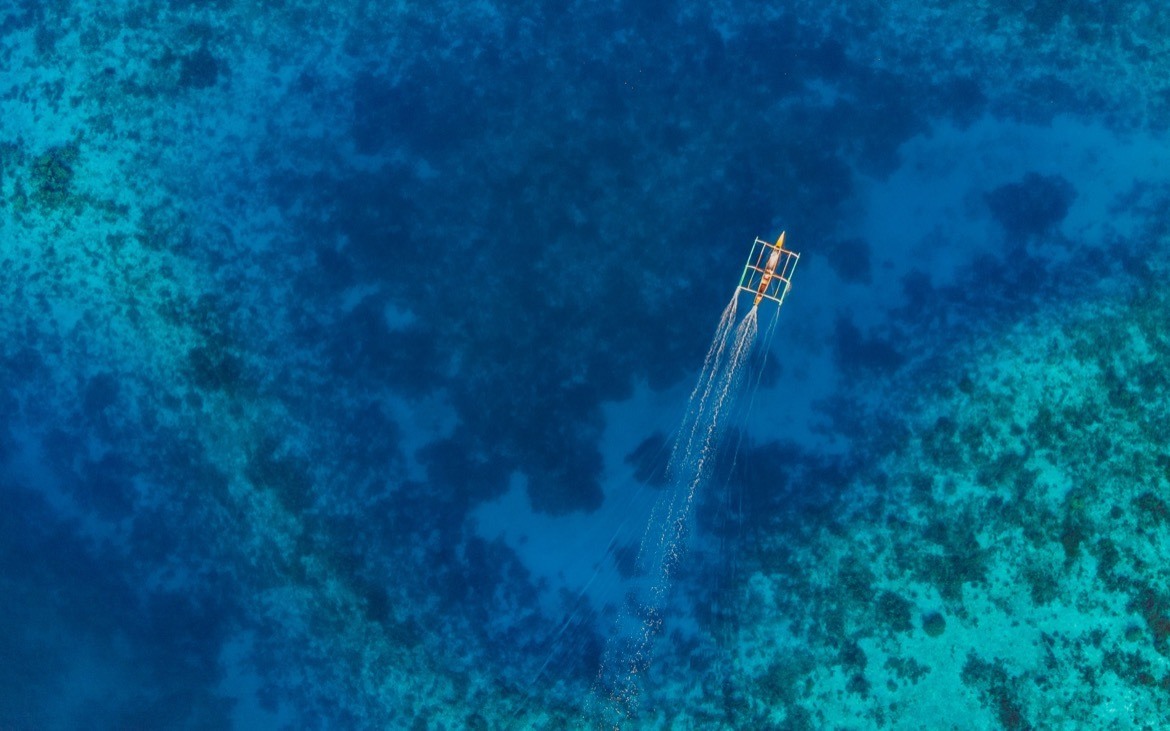
Our group of about half a dozen people jumped into the warm water and practiced important skills like how to breathe if your regulator fails and how to equalize as you go deeper.
Once the instructor was satisfied with our diving prowess, we got to swim around underwater, gliding effortlessly through the silent blue waters. The feeling of weightlessness and solitude was incredible, and I’d imagine it’s the next best thing to being in outer space.
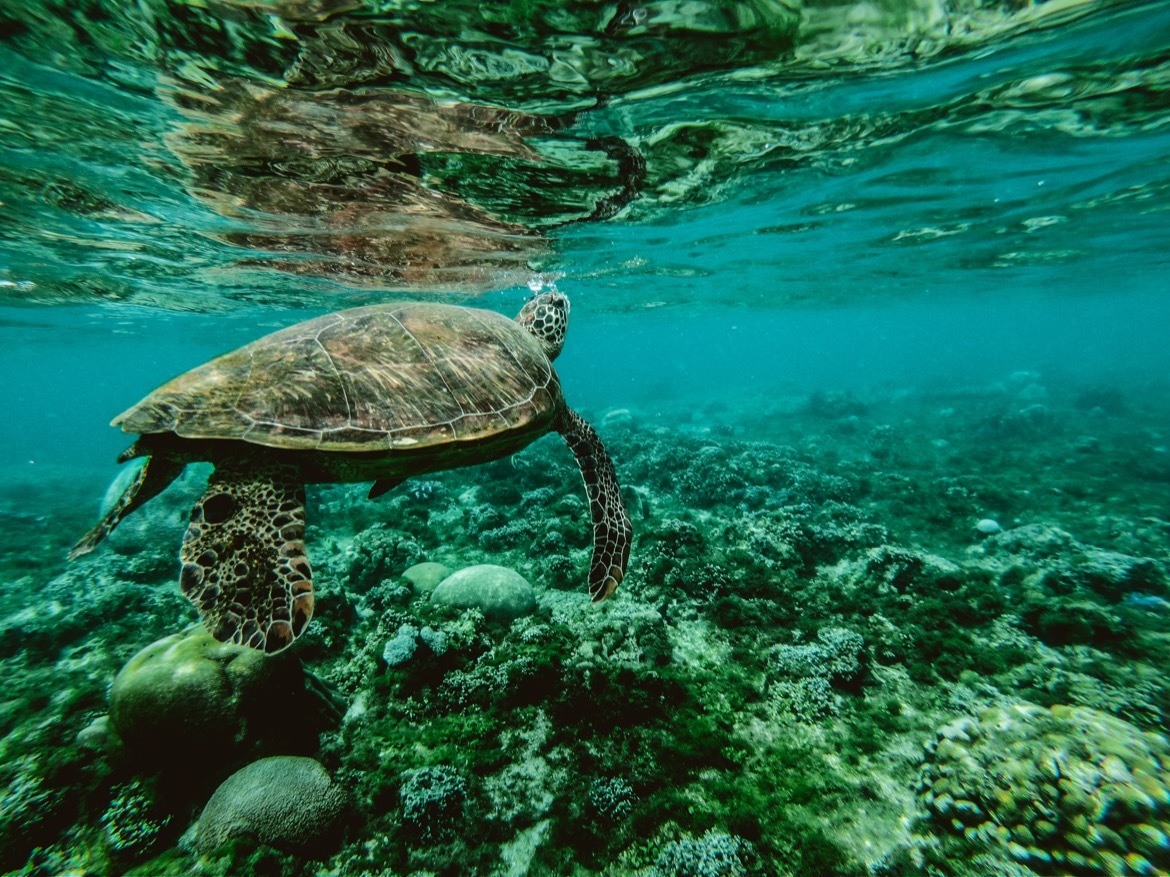
After acing all the in-water requirements for a PADI certification, you also have to pass a written exam made up of 50 questions, 48 of which are multiple choice. Honestly, it’s really easy if you’ve actually been paying attention—which you should be, as your life is on the line. Breathing is no joke, guys! We wrote our tests while sitting at the dive shop’s adjoining bar with a cocktail in hand, which I have to admit was a pretty spectacular way to do it. It took about an hour or so, and after successfully passing we were finally allowed to dive on our own.
It’s an incredibly freeing feeling to navigate the waters without having to stop and perform tasks for an instructor. However, we still went down with a pro during our first free dive, which I would recommend as it’s reassuring to be down there with an expert when you’re still a newbie.
We got the chance to do the same thing when we headed over to Panglao Island in Bohol, armed with our brand new PADI certifications, where we again saw dozens of different types of tropical fish, eels, Christmas worms and starfish.
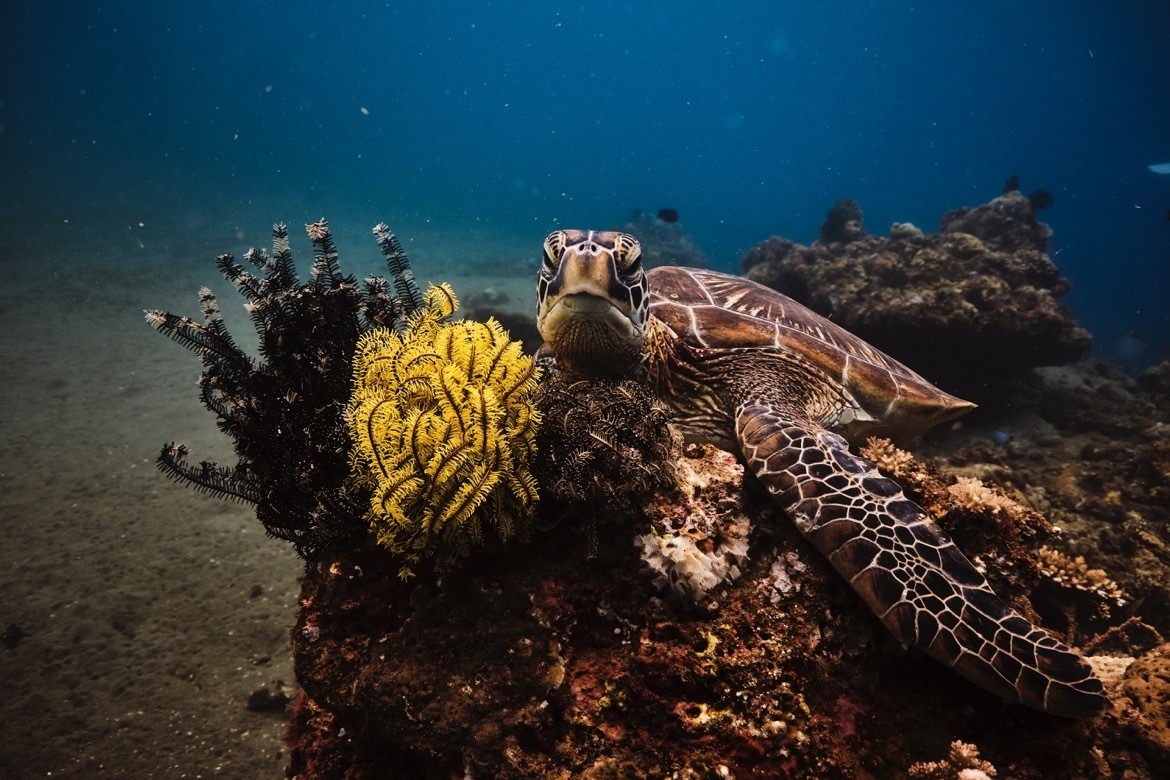
Diving spots in the Philippines
With more than 7,000 islands to choose from, there’s no shortage of places to dive in Philippines. Most are found in the Visayas and Luzon region, around islands like Boracay, Palawan and Cebu. Those just learning how to dive will love the close proximity of sites to the beach, and how easy it is to access certain spots (read: no long, nauseating boat rides). Advanced divers can explore the likes of shipwrecks, deep sea walls and underwater caves. Here’s a guide to a few of the popular islands to dive in the Philippines.
Boracay diving
As one of the most popular islands to visit in the Philippines, there are plenty of places to book a Boracay scuba diving experience. Options include:
- PADI Open Water Diver Course: This three day course covers all the fundamentals with classroom briefings and confined water training, four dives and the opportunity to earn your entry-level PADI certification. Click to book
- Fun Dive in Boracay: Certified divers can book a dive led by dive masters, heading to popular Boracay diving spots like Friday’s Rock and Tribad. Click to book
- Bubblemaker Kid’s Discover Scuba Diving: Kids aged eight and older can use scuba gear to blow bubbles underwater and swim in shallow water, to give them a feel for diving before they’re old enough to go for certification. Click to book
- Discover Scuba Diving: Learn the basics including safety guidelines and skills, during two dives from White Beach. Click to book
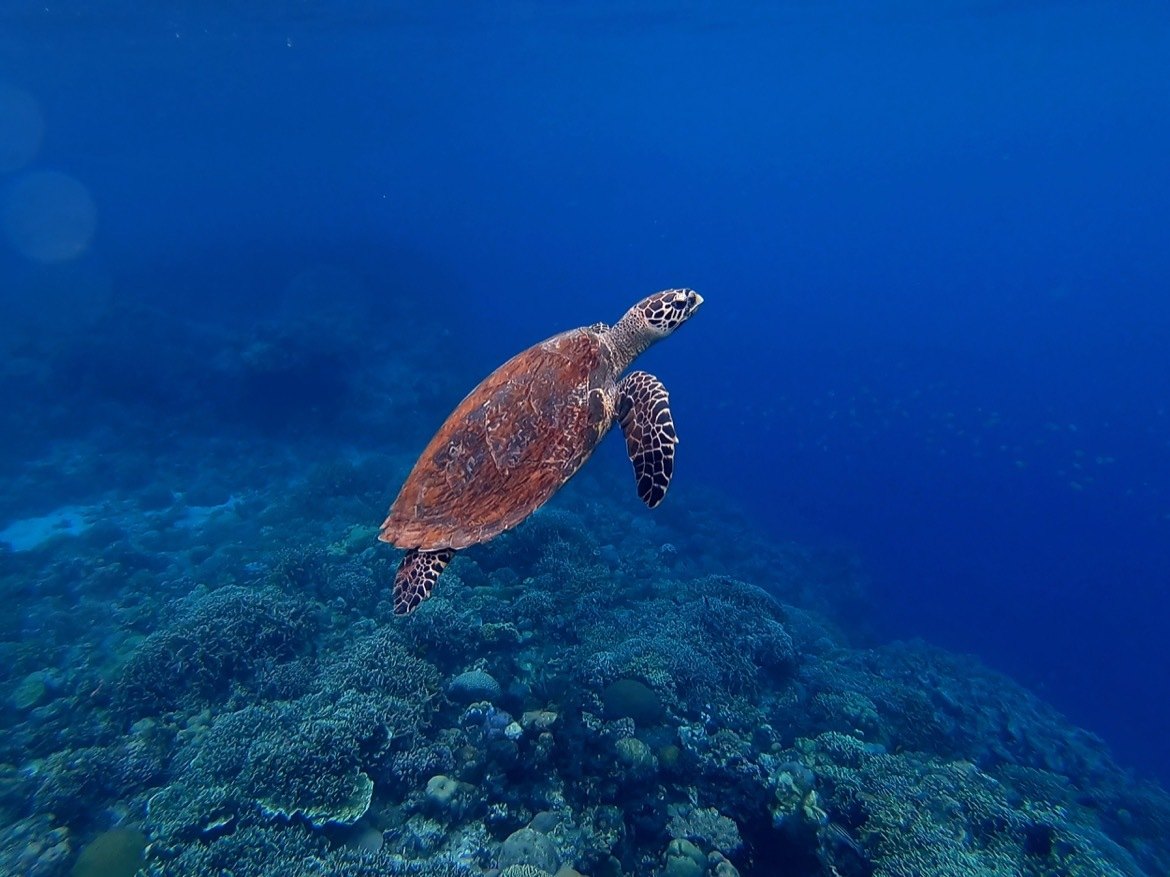
The top sites for scuba diving in Boracay include:
- Yapak 2: Vibrant corals cling to the side of this deep wall, which starts around the 30 metre mark and plunges straight down. The area is frequented by tuna, barracuda, and white tip and grey reef sharks.
- Camia Wreck: This 30 metre long shipwreck sits between 18 metres and 25 metres deep, and has become encrusted in coral since it went down in 2011. The artificial reef has since become home to a variety of marine life, including batfish.
- Crocodile Island: This colourful site has anemones, sea fans, large groupers and bright coral, and is also one of the top Boracay dive sites for night diving.
- Punta Bunga: A good spot for the experienced divers, there are deep walls sinking 70 metres in some places. Expect to see the likes of parrotfish, lionfish, reef sharks and groupers.
RELATED: Paradise in the Philippines: The ultimate Boracay itinerary
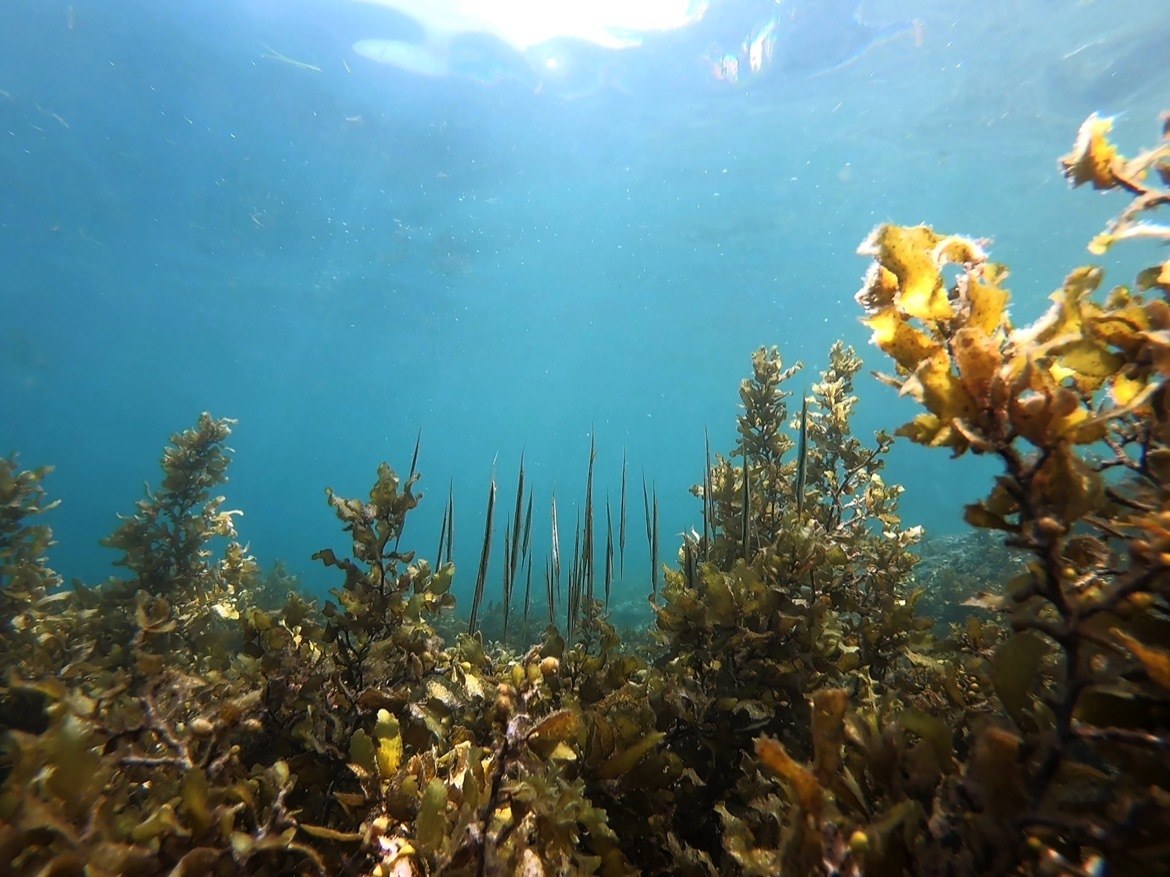
Bohol diving
The laid-back island of Bohol in the Visayas boasts fantastic wall dives and calm currents, making it a great diving spot in the Philippines without the crowds.
Top Bohol dive sites include:
- Balicasag Island: This tiny island is great for both snorkelling and diving, and home to a diverse marine sanctuary. Standout spots include Black Forest which got its name from the area’s dark corals, Turtle Point which is a haven for sea turtles, and The Royal Garden where an underwater plateau reveals schools of fish, coral and turtles.
- Calibao: This small island is about 30 kilometres from Tagbilaran, and surrounded by a coral reef that drops 50 metres deep. Many dive tours that operate from Cebu come to this Bohol diving spot to enjoy sites like View Point, Lighthouse and Looc, which have fan corals, seahorses, frogsish, jackfish and turtles.
RELATED: The 5 most unique Bohol attractions
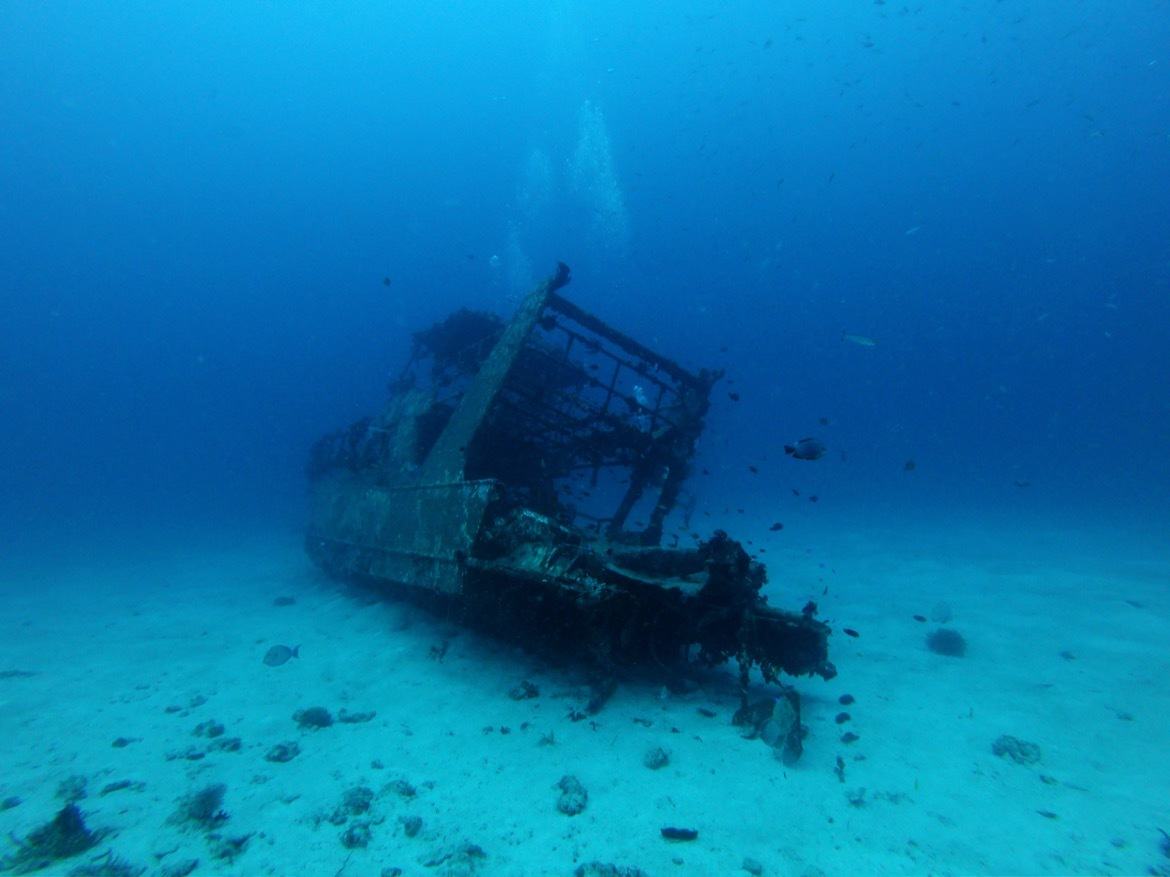
A few options for booking a Bohol scuba diving trip are:
- Two dives in Panglao: Keep an eye out for sea turtles, walls of bright coral and even whale sharks on this experience that departs from Alona Beach. Click to book
- Beginner freediving course: This 2 1/2 day course will teach you the breathing techniques required for freediving, and how to explore the underwater world without bulky equipment. Click to book
- Whale shark experience: Join this tour that heads from Alona Beach over to Cebu, in a quest to see the magnificent whale sharks. Click to book
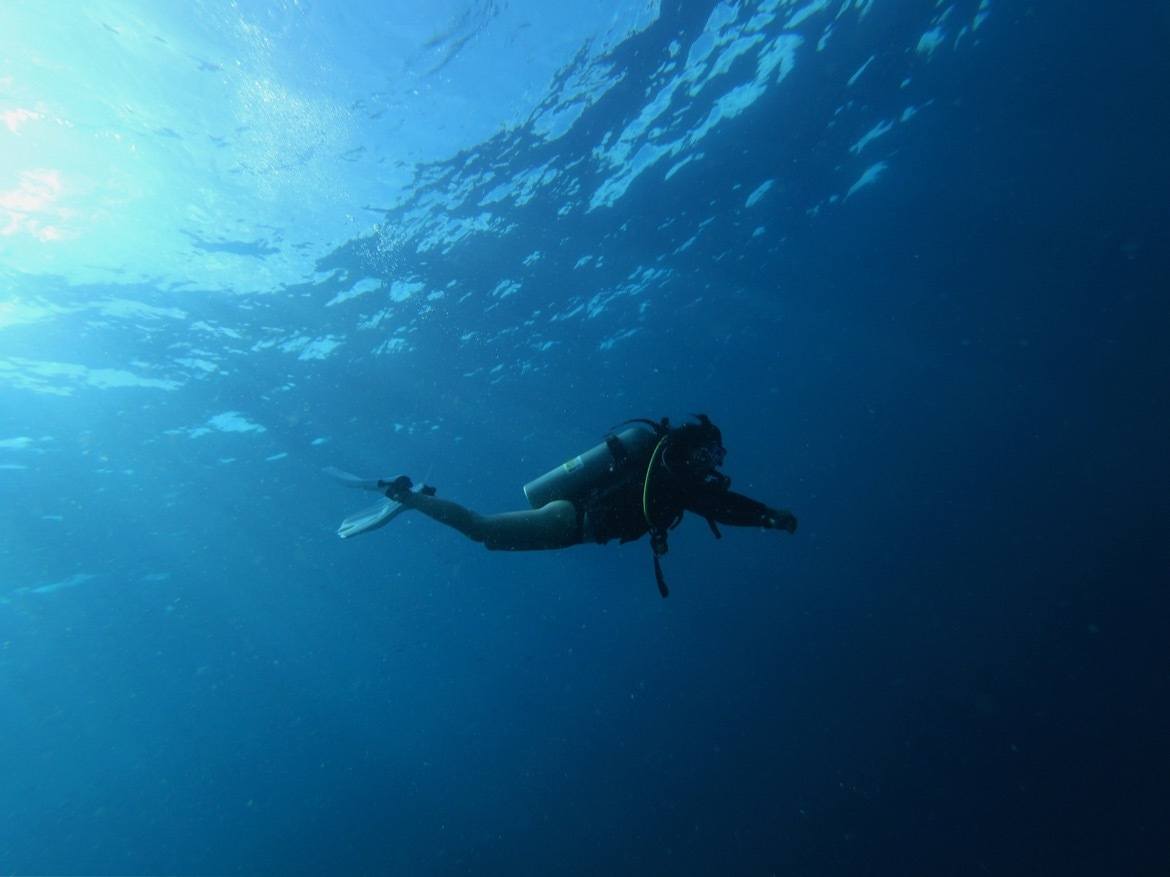
Cebu diving
With whale sharks, thresher sharks and clear water with amazing visibility, it’s easy to see why Cebu has some of the best scuba diving in the Philippines. Some of the top Cebu dive sites include:
- Mactan Island: Located right beside the airport, this fabulous spot has underwater caves housing squirrelfish, barracuda and tuna.
- Pescador Island: An abundance of sardines, anemones and lionfish surround those exploring this Cebu diving spot, found in a marine sanctuary off the west coast.
- Malapusca Island: A popular spot on the northern tip of Cebu, Malapusca is a great option for beginners with plenty of dive schools nearby, as well as wreck dives.
- Nalusuan Island: This Cebu scuba diving spot has no shortage of entertainment, including stingrays, sea turtles, reef fish and even a mermaid statue.
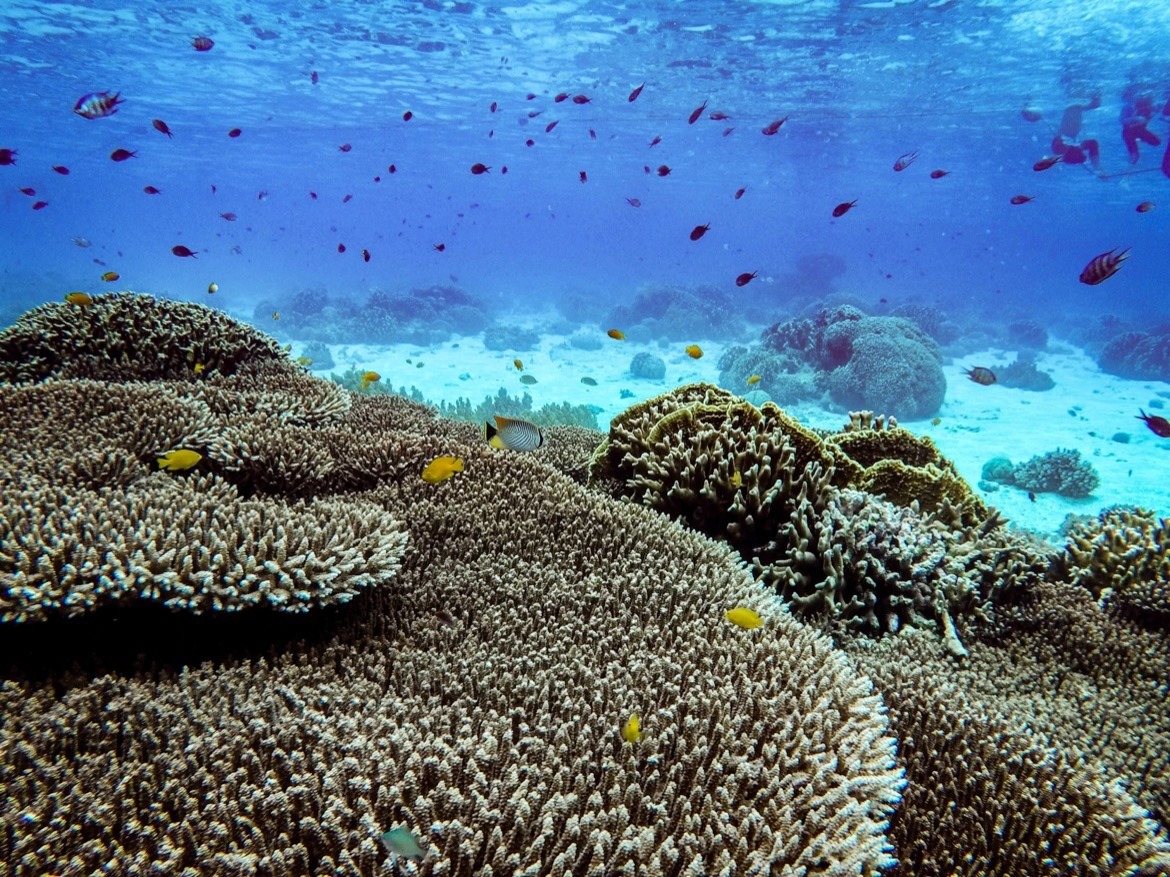
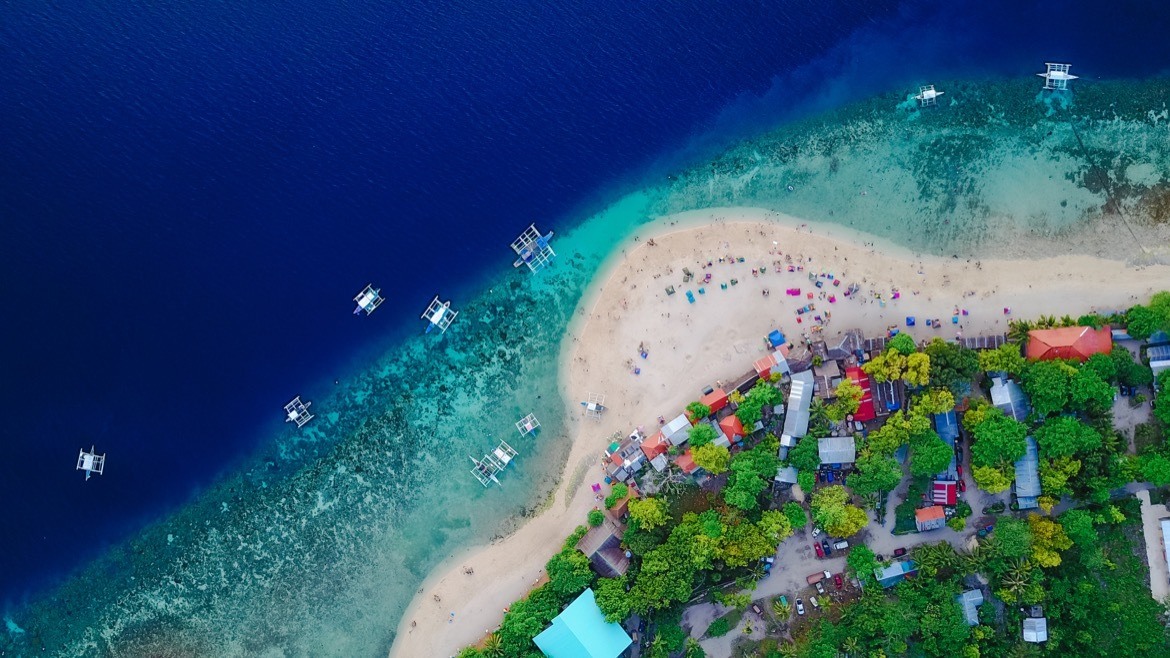
- Discover Diving: Get a taste for what diving is like before committing to a full certification course during this introductory class. Click to book
- Cebu Diving Adventure: Head out with a dive master to explore the stunning reefs around Cebu during this two hour experience from Mactan. Click to book
- Freediving: This two-day course in Cebu City will teach you the fundamentals of freediving, leaving you with the skills to explore depths of up to 20 metres without equipment. Click to book
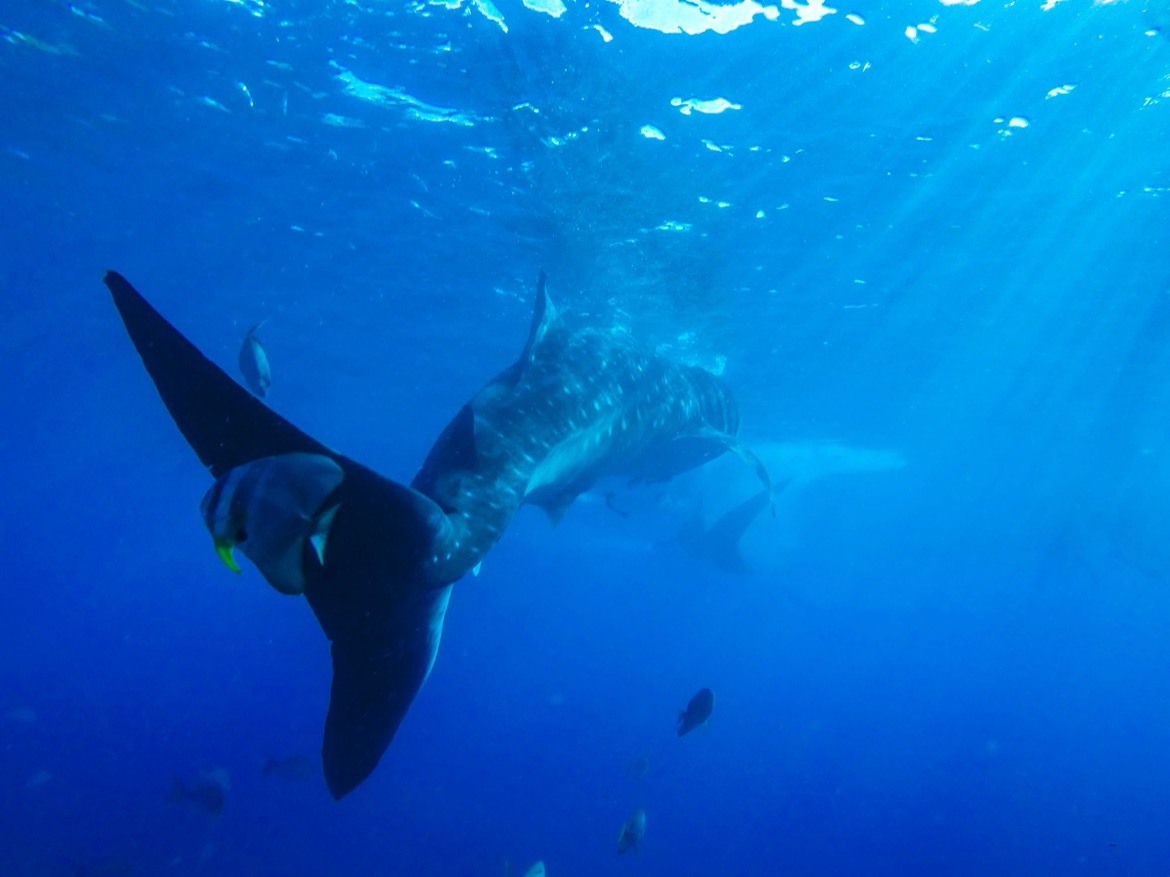
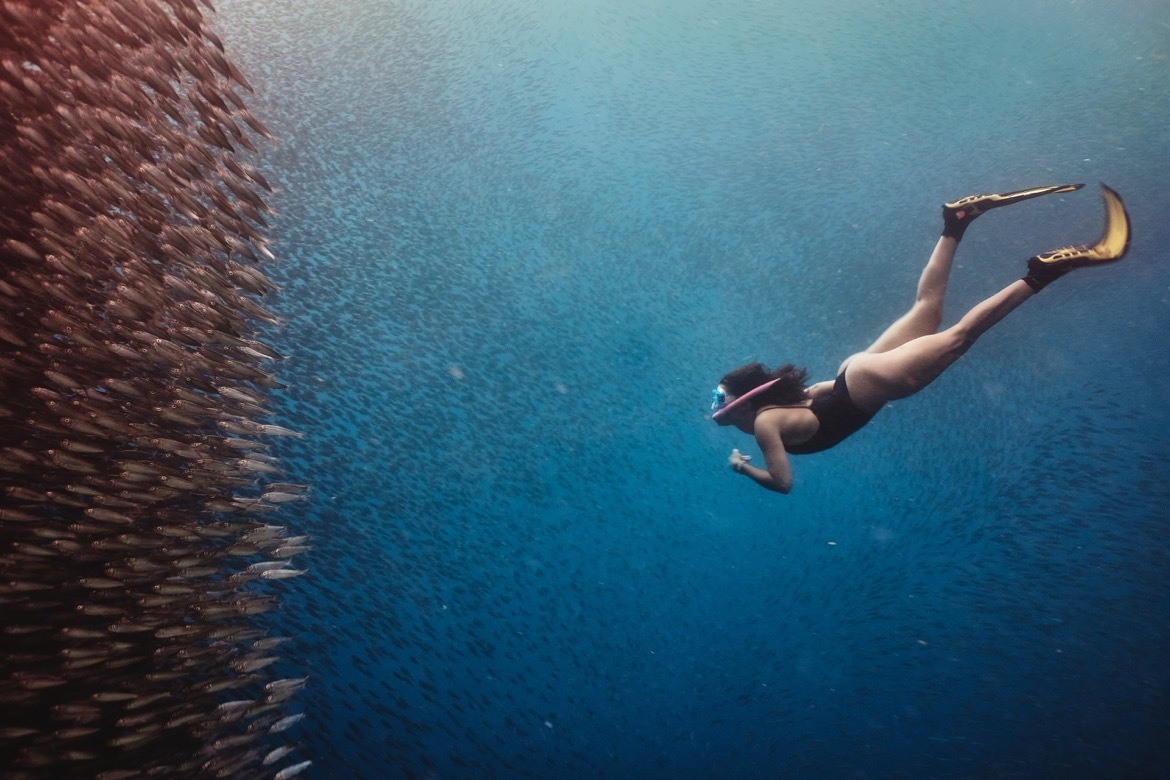
Palawan diving
Even if you’re an experienced diver who thinks you’ve seen it all, diving in Palawan is bound to impress. Besides being a textbook example of paradise, its underwater treasures reveal pristine reefs and World War II shipwrecks. Some of the best Palawan scuba diving sites are:
- Tubbataha Reef: Hundreds of diverse fish and coral species are found in Tubbataha Reef, which is Palawan’s crown jewel. Keep an eye out for manta rays, turtles and reef sharks.
- Morazan Maru: This wreck in Coron dates back to 1907 when it was built and commandeered for the Brits in WWI. It was later captured by the Japanese and used in WWII before retiring below the sea’s surface. Today, the engine room is still intact which makes it a fascinating wreck dive for newbies and experts alike.
- Dilumacad Tunnel: If diving in Palawan takes you to El Nido, be sure to check out this 35 metre long tunnel which has ceiling holes and a sandy base.
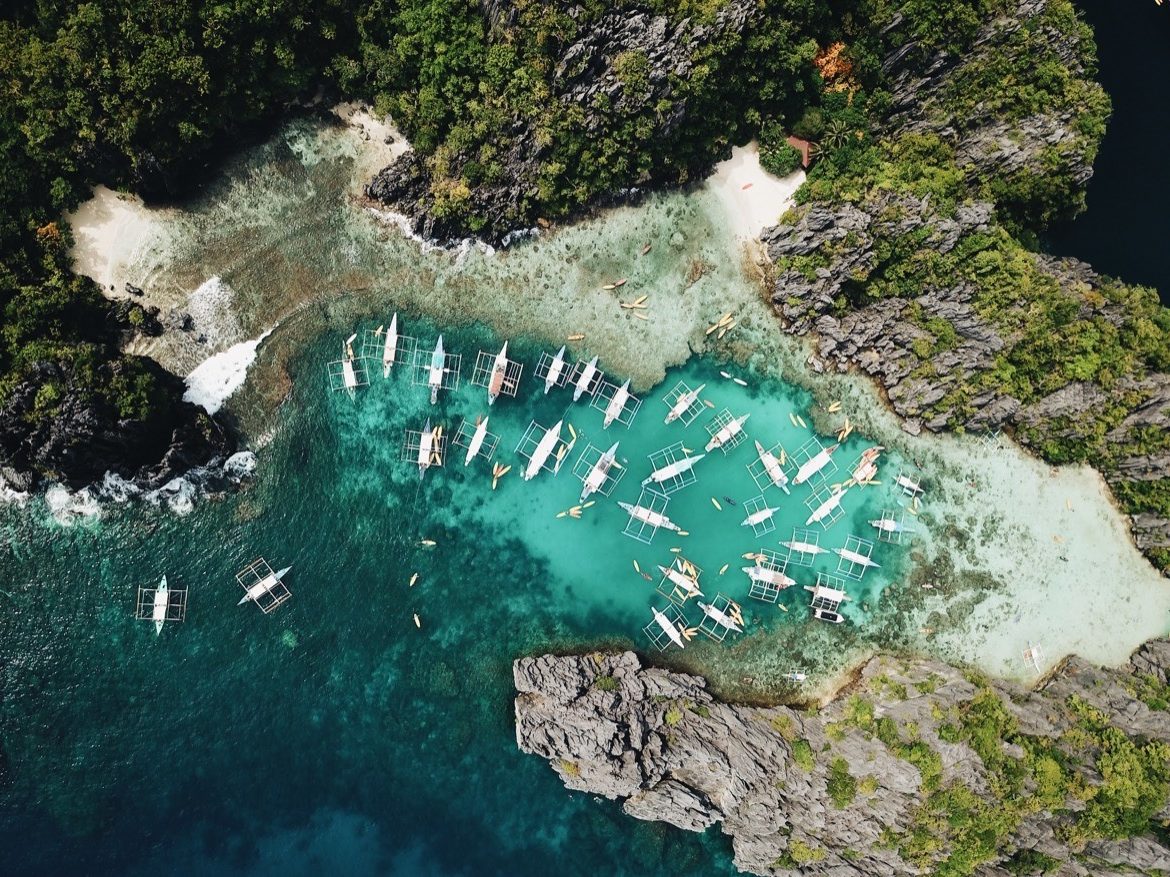
How to book a trip to the Palawan dive sites:
PADI Discover scuba diving: This eight-hour course provides an intro to diving with a mix of theory and in-water training. Click to book
Introductory scuba diving course: Another option for beginners, there’s one PADI instructor for each two participants during this two-hour excursion, which gives you a taste of what it’s like to go diving in the Philippines. Click to book
Check out this guide to scuba diving in the Philippines to learn more about the best dive sites.
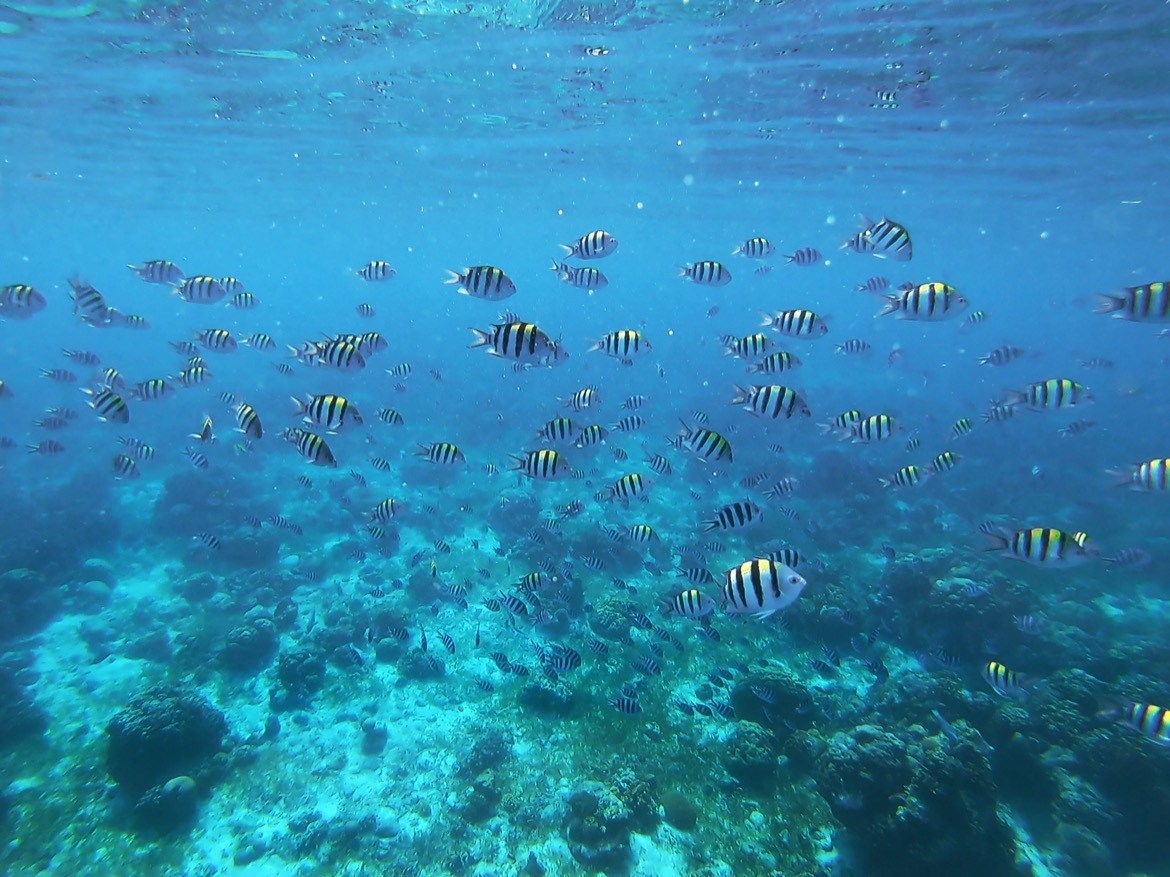
Final tips for diving in the Philippines
Safety: The most important thing is booking through a reputable dive shop that is PADI certified. Diving is a risky sport, so it’s critical that your equipment is in working order and your oxygen tank is properly filled, since oxygen toxicity can be fatal.
Cost: The cost of diving ranges depending on where you are and if you have equipment, but expect to fork over at least $50 USD per dive, including equipment rental. The price of a full PADI certification course usually starts around $400 USD.
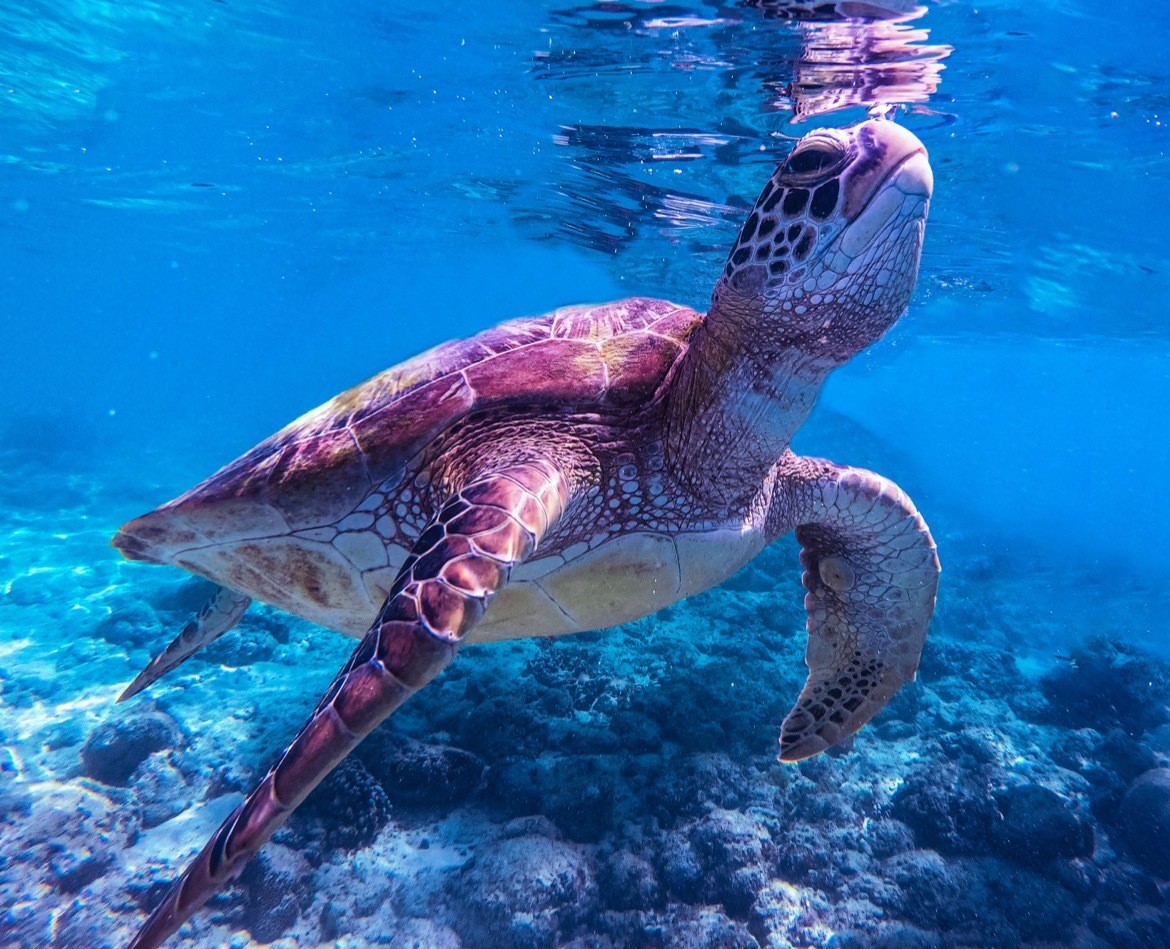
YOU MIGHT ALSO ENJOY:
- Paradise in the Philippines: The ultimate Boracay itinerary
- The 5 most unique Bohol attractions
- Why I don’t plan to go back to Manila, Philippines
SHARE THE PINSPIRATION! CLICK THE IMAGES BELOW TO PIN:
This post may contain affiliate links, which Globe Guide receives compensation for at no additional cost to you.


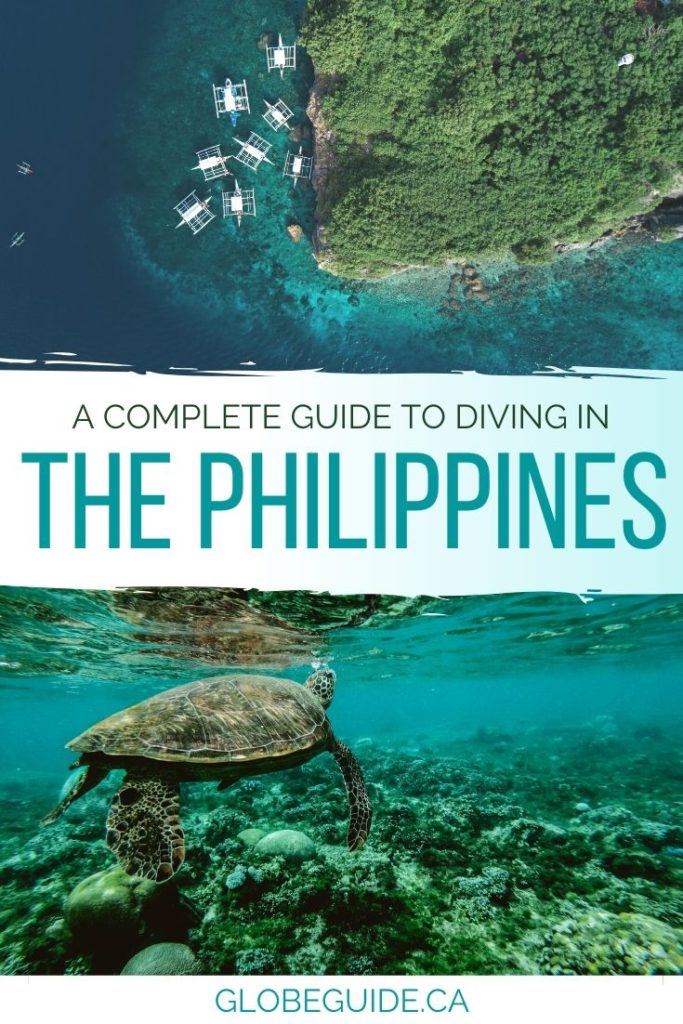
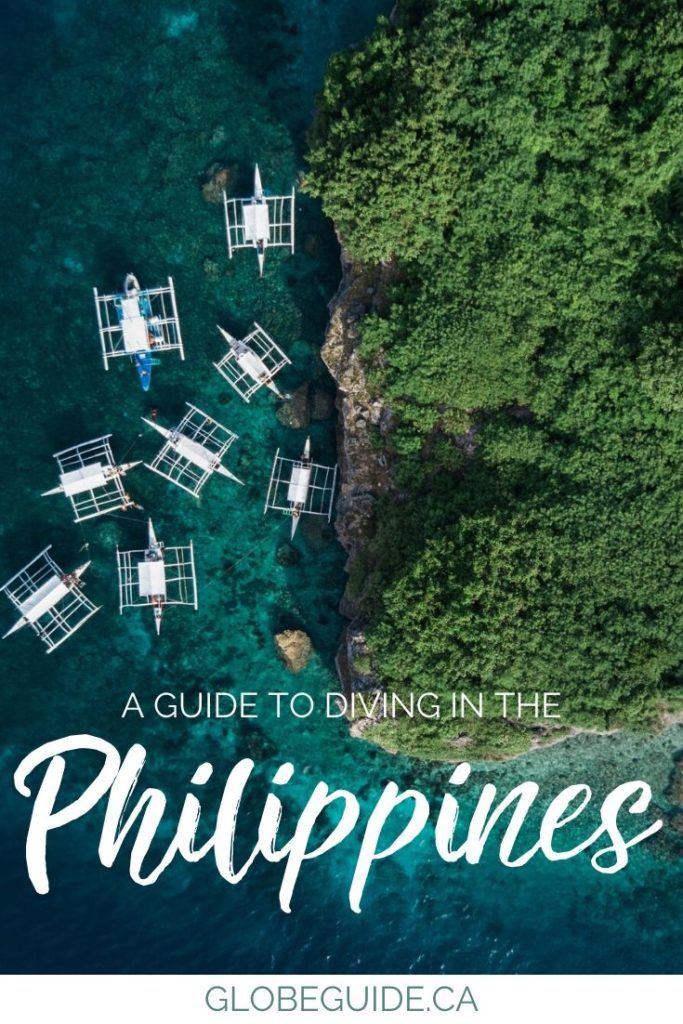
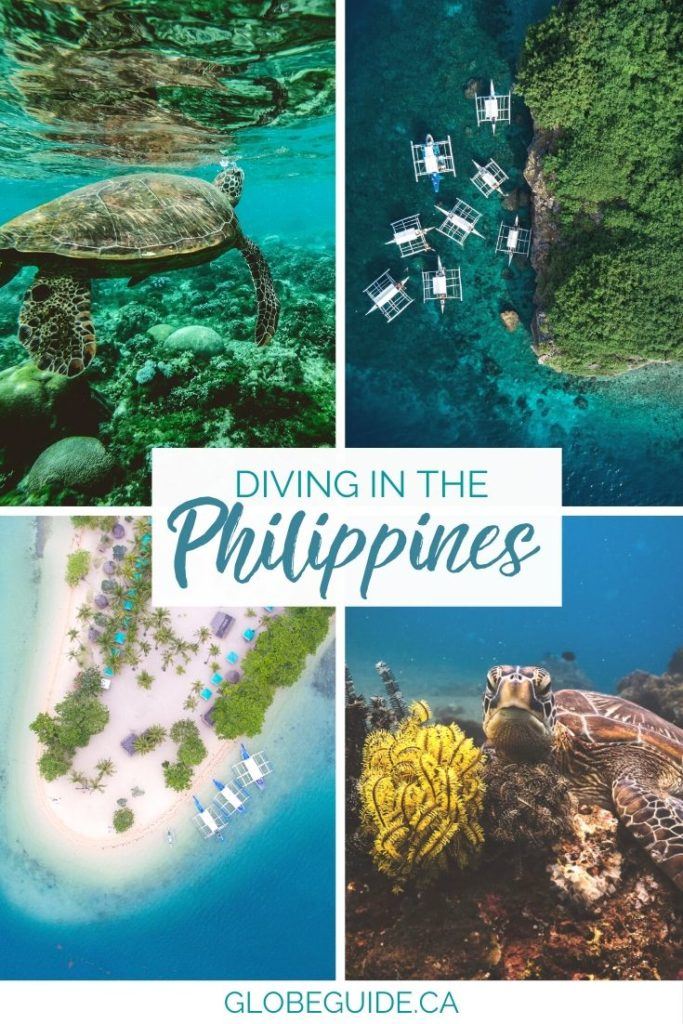
Pingback: The beautiful beaches of Boracay | Globe Guide
Pingback: Top 5 things to do in Bohol, Philippines | Globe Guide
Pingback: Top 10 tips for travelling in Asia | Globe Guide
Pingback: Gallery: The Philippines | Globe Guide
Pingback: Globe Guide’s travel bucket list | Globe Guide
Pingback: The beautiful beaches of Boracay, Philippines
Pingback: 10 tips for backpacking southeast Asia